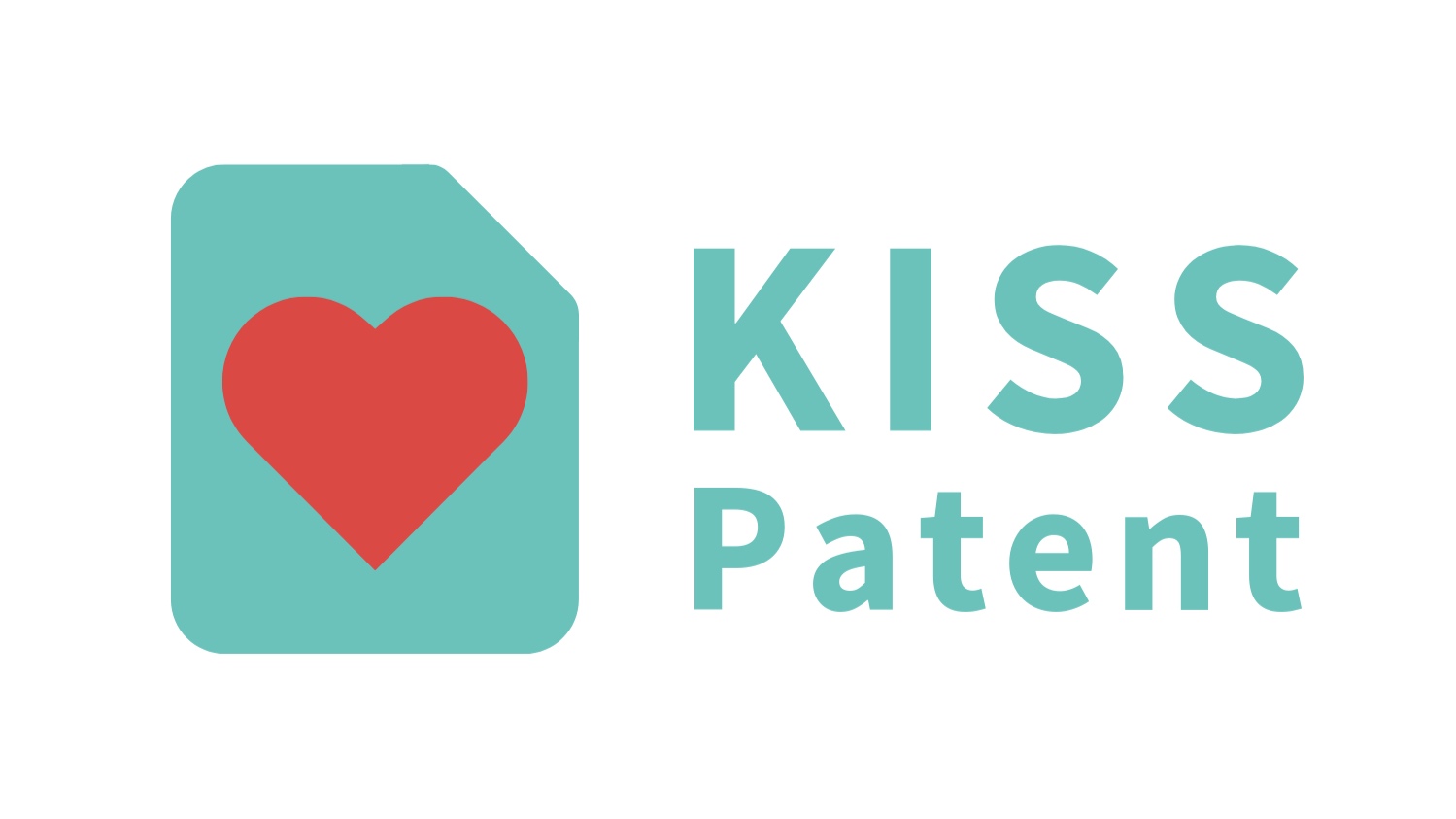We had another fantastic meetup last week at the 2019 Rise of AI conference in Berlin. It was a packed house with top speakers sharing their best insights on the current and future landscape of Artificial Intelligence.
This truly is Europe’s leading conference on Artificial Intelligence. If you’re looking to understand AI, learn about its applications, and be inspired by the future of AI, the Rise of AI conference is the place to be.
Here are some of our main takeaways from this awe-inspiring conference.
Biological research that inspires technology
Prof. Dr. Tim Landgraf kicked things off with a curious and entertaining talk on bees and what they can teach us about learning — about how modern biological research brings new challenges and inspiration to technology.
He’s known for building the first working honeybee robot which was able to communicate with nestmates via the bee dance, and fish robots that integrate into live fish schools. He has even built a system to track all bees in a colony over their lifetimes to understand how information is processed by the bees’ social network.
Their projects are mostly biologically focused, but, in using machine learning, they have developed a new type of generative adversarial network, RenderGAN, to generate images of honeybee markers with semantic control over the labels, or low-noise embedded amplifiers to record brain signals from bees on a copter.
In their approach, image augmentations (e.g. lighting, background, and detail) are learned from unlabeled data such that the generated images are strikingly realistic while preserving the labels known from the 3D model. They apply the RenderGAN framework to generate images of barcode-like markers that are attached to honeybees.
Dr. Landgraf has conducted amazing studies. But our takeaway goes beyond that. What dazzled us is how in using AI to seek optimization and efficiency, his team created a totally new technology that has other applications.
In his fascination for both the individual and collective intelligence of bees, Dr. Landgraf envisions future scenarios — one of which is where cars recharge other cars, much like bees feed other bees to maintain high energy levels and greater output.
This is a vision of a revolutionary technology that will open new doors to the market of small rechargeable items for small pockets and that will transform our perception of road congestion.
For an in-depth explanation of his AI-driven application of bee-smarts to human “swarms” and self-driving cars, check out this TED talk.
Ready to become a leader in AI?
Take our short survey to find out what type of intellectual property is right for your AI!
Faster processing and fraud detection
On the topic of optimization, Berlin-based startup Omni:US is using AI technology to transform insurance companies from process-driven to data-driven.
Every day, insurance companies deal with vast amounts of highly valuable documents, which they need to process with speed and accuracy.
AI and machine learning can help revolutionize these workflows by reading, understanding, and extracting relevant information and automating time-consuming tasks such as claims management — completing in minutes what may have previously taken hours, days, or even weeks to do.
The AI also becomes more intelligent and is able to learn based on increased exposure to data/information, which allows the system to continuously improve. The system can even read and process handwritten information!
AI in insurance can also decrease the risk of fraud. Claims settlement managed by employees comes with the risk of human error — it can be easy to overlook possibly fraudulent information and lose a payout.
AI, however, can detect the misrepresentation of information by carrying out tests to validate a claim. This process involves cross-referencing public information against the metadata supplied by claims documents — a job that may prove intensive and painstaking to a human — but not for AI-powered technology.
Meeting Bert
Jakob Uszkoreit (of Google Brain) talked to us about BERT, or Bidirectional Encoder Representations from Transformer. It’s a human language analysis neural net model that has proven to be exceptionally good at answering questions.
A pleasant surprise — Google has open sourced the model so that everyone can use the code.
Natural Language Processing, or NLP, lays at the cornerstone in the latest developments in AI. NLP is a tool for computers to communicate with humans effectively, including different components like speech recognition, sentiment analysis, and machine translation.
NLP brings computers closer to a human-level understanding of language. As you can imagine, computers don’t intuitively understand the way humans “do”: Understanding even the most simple phrases can prove to be very difficult.
Google’s BERT is a significant leap in the world of Artificial Intelligence. A computer system like this can learn, understand, and process the small idiosyncrasies of language and use them to tackle specific tasks.
Moreover, BERT uses unsupervised learning (data without labels) through a model known as self-attention. It learns by analyzing millions of sentences via books in all genres, even including romance and science fiction novels. Through this extensive library of data, BERT learned to guess missing words anywhere in a sentence, by understanding the basic relationship between words.
Though BERT is a big leap in the right direction, researchers are nowhere near where they want to be with AI, and BERT is still far from having a human-level of common sense. Who knows, in the near future, you could have late night conversations with your home system. BERT is currently already trained in 102 languages.
Empathic AI in Healthcare
Three years ago, Spanish telecommunications giant Telefónica established Alpha, a lab in Barcelona working (in stealth) on innovative technology that holds the promise of potential new revenue streams.
Today, they’re exploring new approaches to machine learning in the hope of building empathic, ethical software. It’s something completely different — software that can one day track your daily decisions and nudge you to make healthier ones, called Alpha Health Moonshot.
Alpha uses machine-learning techniques to monitor daily activity and make suggestions for smart eating. For example, it will understand that you’re eating chocolate because you’re frustrated and try to give you an alternative path.
Without getting too deep into the technical weeds, the Alpha team is trying to find a middle ground between two distinct approaches to machine learning: symbolic machine learning, which uses fixed logic to make decisions, and deep-neural networks, which are more powerful and flexible but harder to understand and reprogram.
The aim is to build the magical algorithm that’s both precise and explainable.
For now, they’re focused on building ethics, as well as empathy into the algorithms that will drive the service. They are working on understanding the users’ emotional state and adapt the application of the service to the specific user data.
Wrapping up
We were amazed and grateful to experience first-hand what the future of Artificial Intelligence holds. It was a pleasure to be a part of every conversation and to have helped those who reached out!
In this rapidly changing technological world, it’s exciting to see the many startups that arise and disrupt the industry with their innovations.
Remember, AI technology is growing exponentially and the competition out there is fierce! Startups must always prepare for the future and protect their intellectual property.
We’re curious to hear your thoughts on our takeaways from the conference, especially if you attended! Contact us, share your views, and let’s start a conversation!
We are your go-to resource for all things Patent and IP! Learn how you can secure and grow your startup with instructive daily insights from our Learning Hub: https://kisspatent.com/learning-hub
Wondering if your idea is patentable? Have a question about this article? We can answer all of your questions — just hit "contact us" down below!











